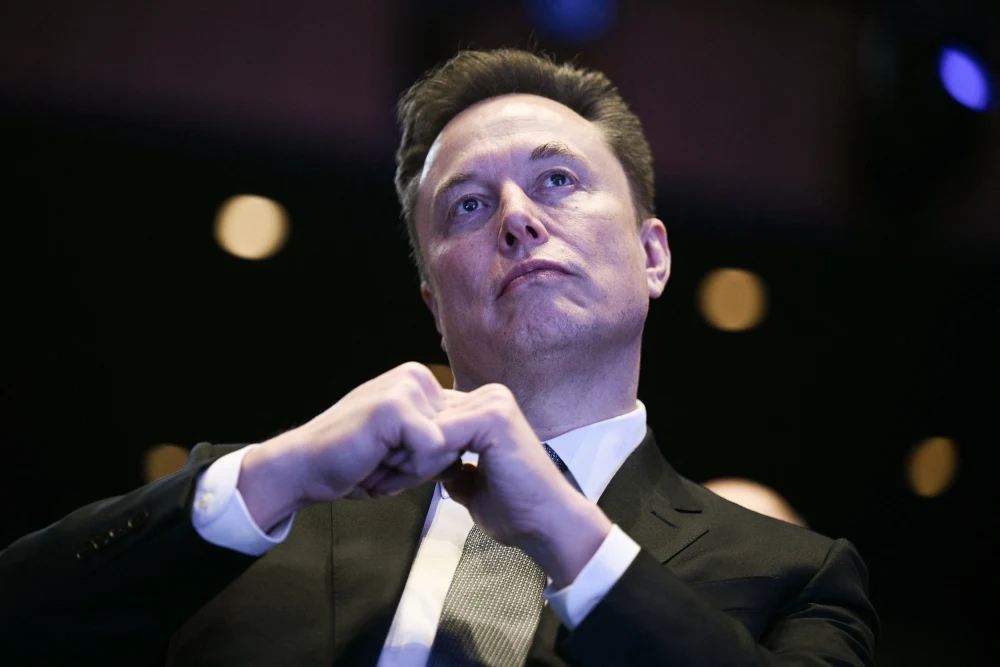Donald Trump, the Dalai Lama, and racehorse owners aren’t usually considered to be kindred spirits. But all of them featured in a $900bn (£700bn) coronavirus relief bill signed by the former US President in 2020.
Their connection was forged following months of fraught political negotiations as Republicans and Democrats wrangled over how much the world’s biggest economy should offer in financial aid during the pandemic.
Months of delays meant the 5,593-page law was also stuffed with a smorgasbord of legislative loose ends on nuclear energy and illegal streaming that had little to do with fortifying a fragile economy.
This vicious cycle of posturing, deadlock and eleventh hour agreements have become an increasingly common occurrence on Capitol Hill.
Back in 2020, it left Congress with only hours to pass the bill. “This isn’t governance. It’s hostage-taking,” said New York Congresswoman Alexandria Ocasio-Cortez.
More recently in June, Congress barely averted a default after reaching an agreement to suspend the so-called debt ceiling, which determines how much money the US government can borrow.
It is episodes like this that Fitch suggests are to blame for its decision to strip the US economy of its gold-plated credit rating.
Others described the rating agency’s decision as “strange” and “perplexing”. Janet Yellen, the US Treasury Secretary, dismissed it as “arbitrary and based on outdated data”.
Larry Summers, a predecessor under Bill Clinton, branded the move “absurd”.
Their point is that nobody is questioning America’s ability to pay its bills on time. But a rapid rise in US interest rates and an increasingly fraught political environment suggests Fitch has a point.
Richard Francis, a senior director at the rating agency, said its officials told the US Treasury that the attack on the Capitol Building in Washington, DC played a role in the downgrade. “It just is a reflection of the deterioration in governance, it’s one of many,” he told Reuters.
The insurrection on January 6, 2021 followed Joe Biden’s victory in the 2020 presidential election that Trump refused to acknowledge. A mob of Trump’s supporters proceeded to attack the Capitol Building in an effort to keep him in power.
Francis adds: “You have the debt ceiling, you have January 6. The Democrats have gone further left and Republicans further right, so the middle is kind of falling apart basically.”
Edward Al-Hussainy, an analyst at money manager Columbia Threadneedle, says the downgrade was less about doubts over America’s creditworthiness and more about the political landscape.
He says: “Fitch is attempting to send a signal about the debt ceiling process and the current fiscal trajectory. Both are views on US politics rather than policy.”
But the fiscal outlook is scary. Tax revenues are falling further behind public spending as America’s population ages and debt costs mount.
Economic and fiscal projections by the independent Congressional Budget Office (CBO) a month ago show the world’s biggest economy is expected to borrow 5.8pc of GDP this year – or around £1 trillion to plug the gap between tax revenues and public spending.
While this is much smaller than the shortfalls recorded during the pandemic, this bill is expected to keep growing both in cash terms and compared with the size of the US economy.
Deficits are then projected to average 7.3pc of GDP every year for the next 30 years, more than double the average over the past half-century.
Its report says: “In the past 100 years, deficits have been that large only during World War II and the pandemic.
“The growth in deficits over the next three decades occurs as increases in spending – especially spending on interest, the major health care programmes, and Social Security – outpace increases in revenues.”
As the CBO highlights, persistently higher borrowing implies “substantial” increases in debt. The country’s public debt pile is set to hit a record high of 107pc of GDP in 2029, climbing to 181pc of GDP by the end of 2053.
Fitch’s own projections show debt climbing to 118pc of GDP by 2025. It says the average AAA-rated economy has a debt ratio of 39pc.
America also spends much more to service its debts for every £1 it collects in tax revenues compared with countries with a gold-plated credit rating. In other words, the US stopped behaving like a AAA economy a while ago.
How political standoffs sucked Biden’s America into a permanent debt spiral




